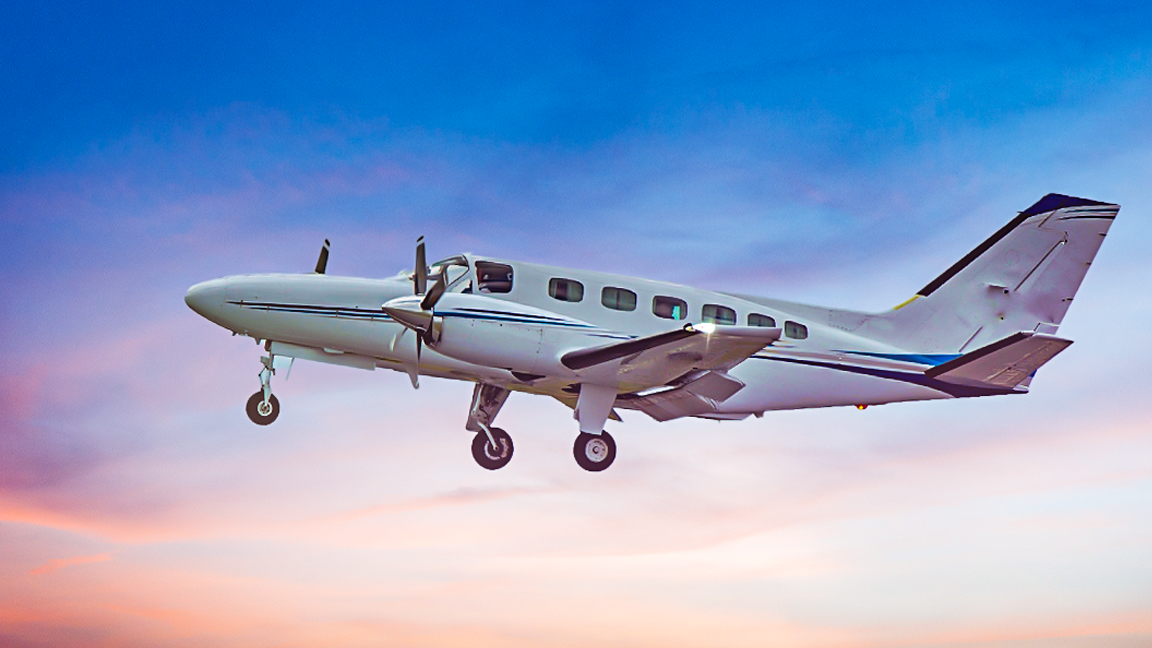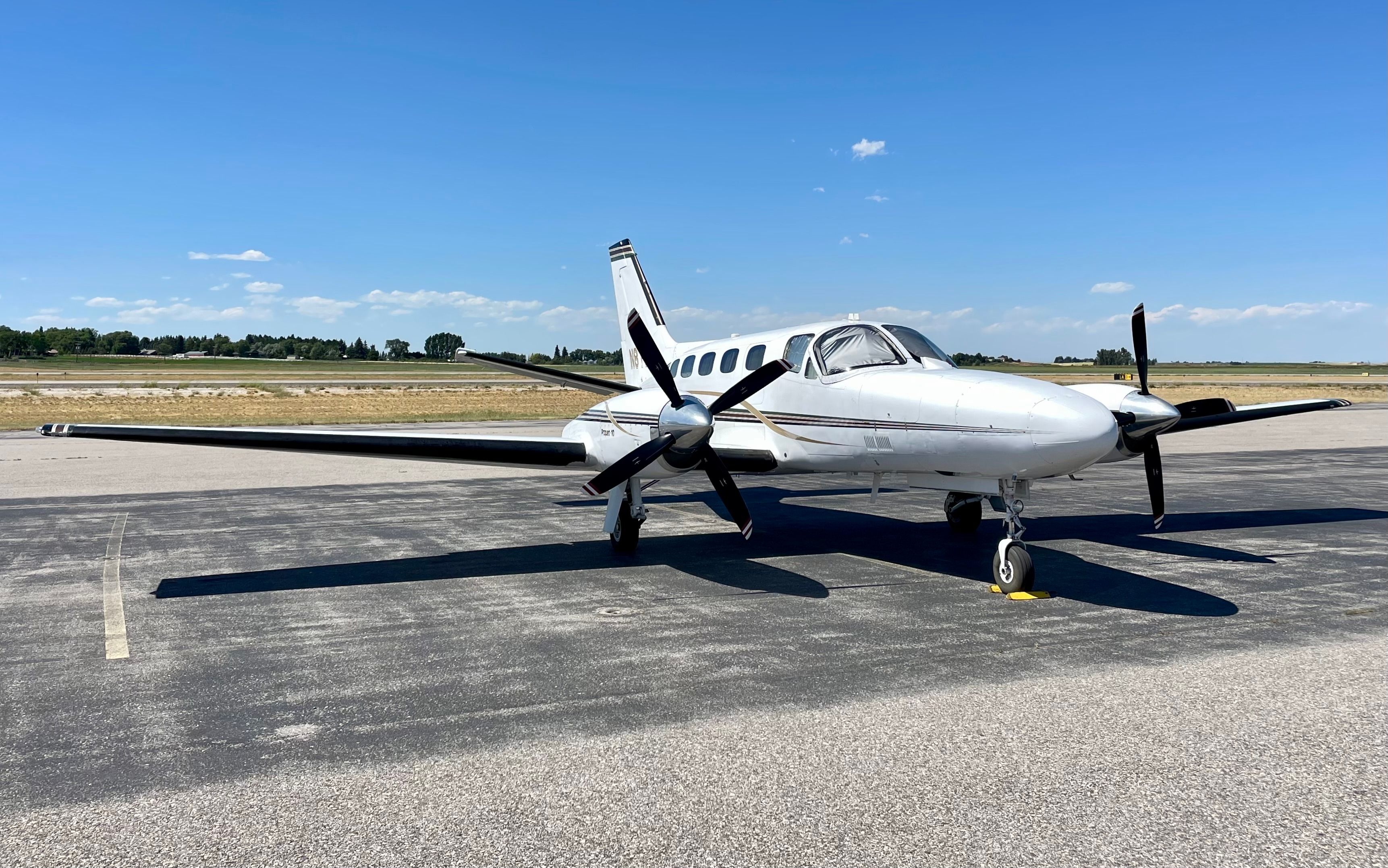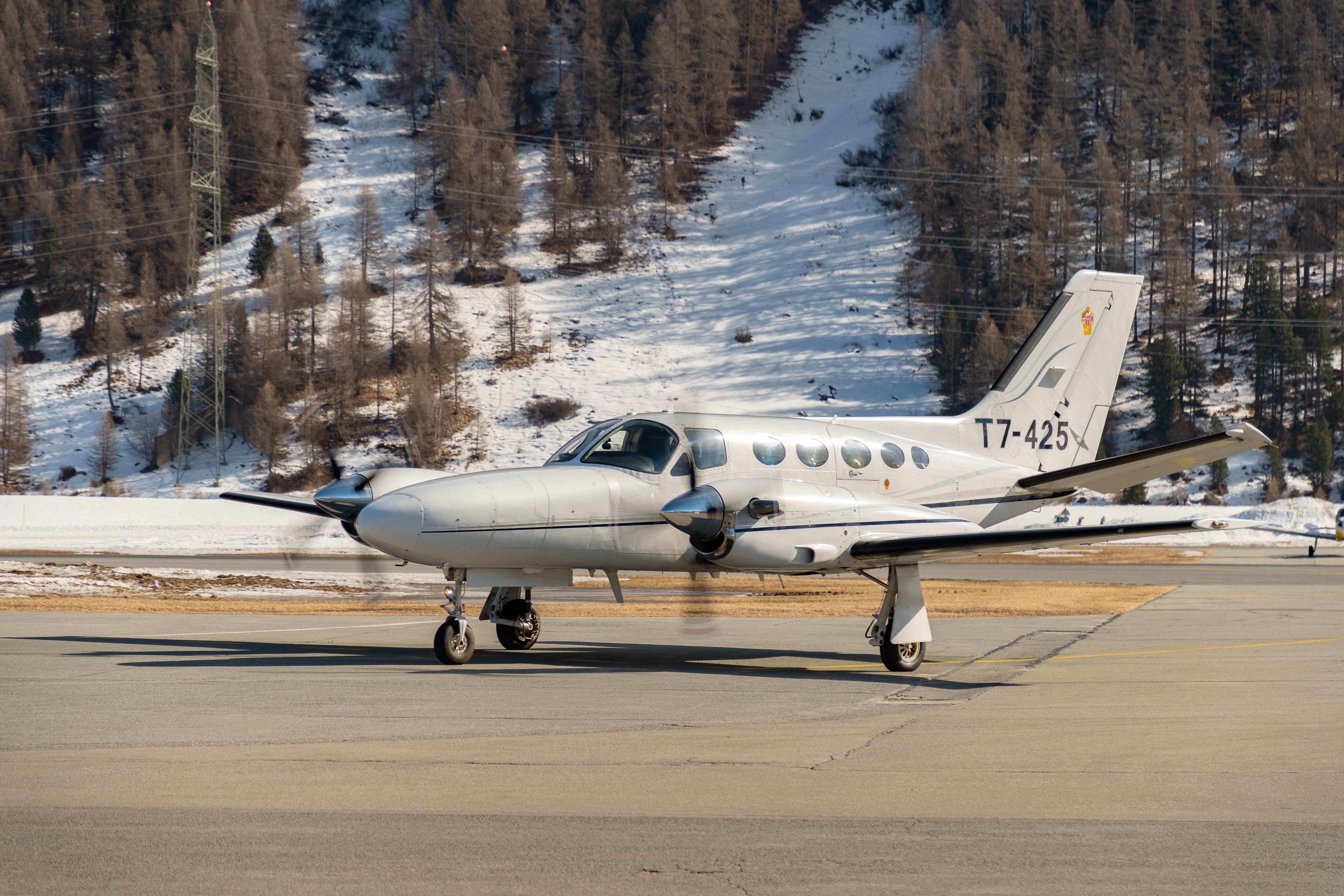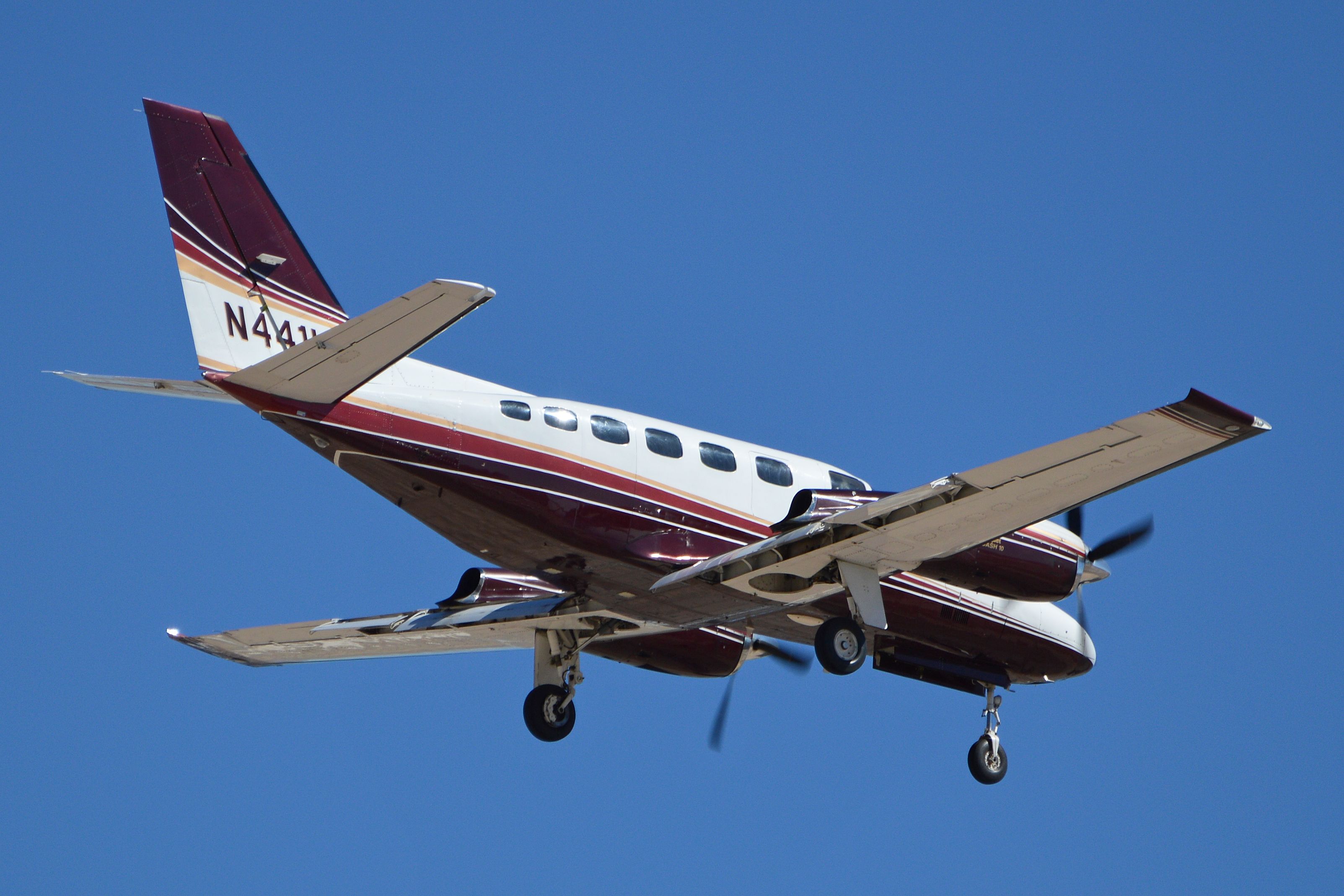The Cessna 441 Conquest II is a timeless classic that continues to captivate enthusiasts and professionals alike with its remarkable performance and enduring legacy. This twin-engine turboprop aircraft, first introduced in the 1970s, has earned a reputation for its versatility, reliability, and comfort. Join us as we delve into the history, features, and enduring appeal of the Cessna 441 Conquest.
The quest for a Conquest
The Cessna 441 Conquest emerged during a transformative era in aviation, marked by technological advancements and growing demand for high-performance aircraft. With origins tracing back to 1972 as a piston-engine aircraft, its design evolved into a turboprop-powered Model 441 by 1975 – marking Cessna’s first turboprop-powered aircraft, created to fill the gap between the manufacturer’s piston-engine and jet aircraft.
Photo: Simple Flying
Designed as a successor to the Cessna 404 Titan piston aircraft, the Conquest II aimed to offer enhanced speed, range, and comfort for both business and personal travel. With its sleek aerodynamic design and powerful turboprop engines, the aircraft quickly garnered attention as a formidable competitor in the turboprop market.
The aircraft took its maiden flight on January 10, 1977, and remained in production until 1986. During this period, 362 units of the Cessna 441 were built, per Aviation Week.
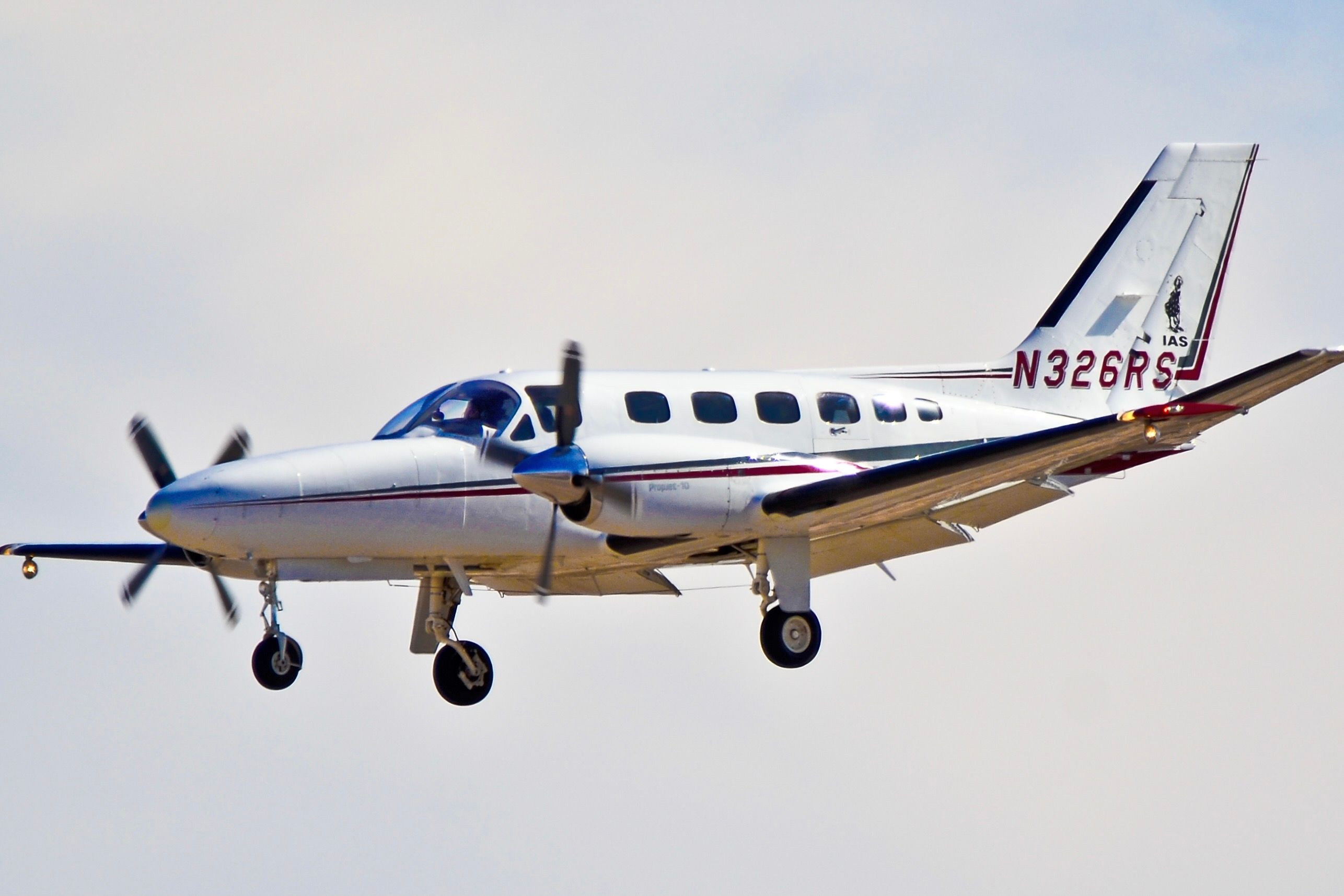
Related
Twin Engined Cessna Turboprop: 5 Unique Features Of The Cessna 441 Conquest II
Despite the last example being built over 40 years ago, the Cessna 441 Conquest II is still regarded as one of the company’s best turboprops.
Now, you might wonder whether there is a Conquest I – and yes, there is. Although not a predecessor to the Conquest II, the Cessna 425 Conquest I is a smaller version of the Conquest II, introduced later, in 1980.
If you’re a little confused, you’re not the only one. There does not seem to be much rhyme or reason as to why the earlier model bears the “II” suffix, and the later model, “I”. Peter A. Bedell writes in the Aircraft Owners and Pilots Association (AOPA):
“Cessna’s 441 Conquest II started life in 1977 known simply as Conquest. [The manufacturer then] created a smaller turboprop largely based on its popular 421 Golden Eagle, to be known as the Model 425 Corsair. In a fit of marketing nomenclature madness, Cessna later renamed the Corsair ‘Conquest I’ and the original Model 441 Conquest II.”
Performance and specifications
According to the AOPA, the Cessna 441 is a “reliable workhorse” and an “excellent steed for families”, featuring the following characteristics:
|
Crew |
1 or 2 pilots |
|
Capacity |
8 to 11 passengers |
|
Empty weight |
5,682 lb (2,577 kg) |
|
Maximum Take-Off Weight (MTOW) |
10,165 lb (4,611 kg) |
|
Length |
39 ft (11.89 m) |
|
Wingspan |
49 ft 4 in (15.04 m) |
|
Height |
13 ft 1 in (4.01 m) |
Powered by two Honeywell (formerly Garrett) TPE-331-10N turboprop engines with four propellers each, the Cessna 441 Conquest boasts impressive performance capabilities, especially for an aircraft of its time.
Photo: Austin Deppe | Shutterstock
With a maximum cruise speed of more than 310 knots (357 mph; 574 km/h) and a range of approximately 2,194 nautical miles (2,525 miles; 4,064 km), the Conquest II offers swift and efficient travel for both short and medium-haul flights.
Its spacious cabin, equipped with comfortable seating for up to eleven passengers, ensures a smooth and enjoyable journey, while advanced avionics and navigation systems enhance safety and precision.
Versatility and adaptability
One of the Cessna 441 Conquest’s defining features is its versatility, which allows it to excel in various roles and environments. Whether utilized for corporate travel, charter operations, or special missions such as air ambulance or surveillance, the Conquest delivers consistent performance and reliability.
Photo: Robert Buchel | Shutterstock
Its robust construction and rugged landing gear enable operations from short, unimproved airstrips, expanding accessibility to remote locations and enhancing its appeal to operators worldwide.
How does the Conquest II stack up against its competitors?
Around the time the Cessna 441 was introduced, there were a number of twin-turboprops already in the market. In fact, it is widely known that Cessna was a little late to the game regarding turboprops – by the time the Conquest II was launched, Beechcraft’s King Air had already been flying for more than 14 years.
The Conquest II’s competitors include:
|
Aircraft |
First flight |
|
Beechcraft King Air |
May 15, 1963 |
|
Mitsubishi MU-2 |
September 14, 1963 |
|
Piper PA-42 Cheyenne III and 400 |
May 18, 1979 |
According to Aviation Week, the King Air B200 offers a more spacious cabin, albeit with a range of 200 nautical miles (370 km) shorter, a slower cruise speed, and higher fuel consumption. Conversely, the Mitsubishi MU-2B-60 boasts comparable fuel efficiency and speed but at lower altitudes.
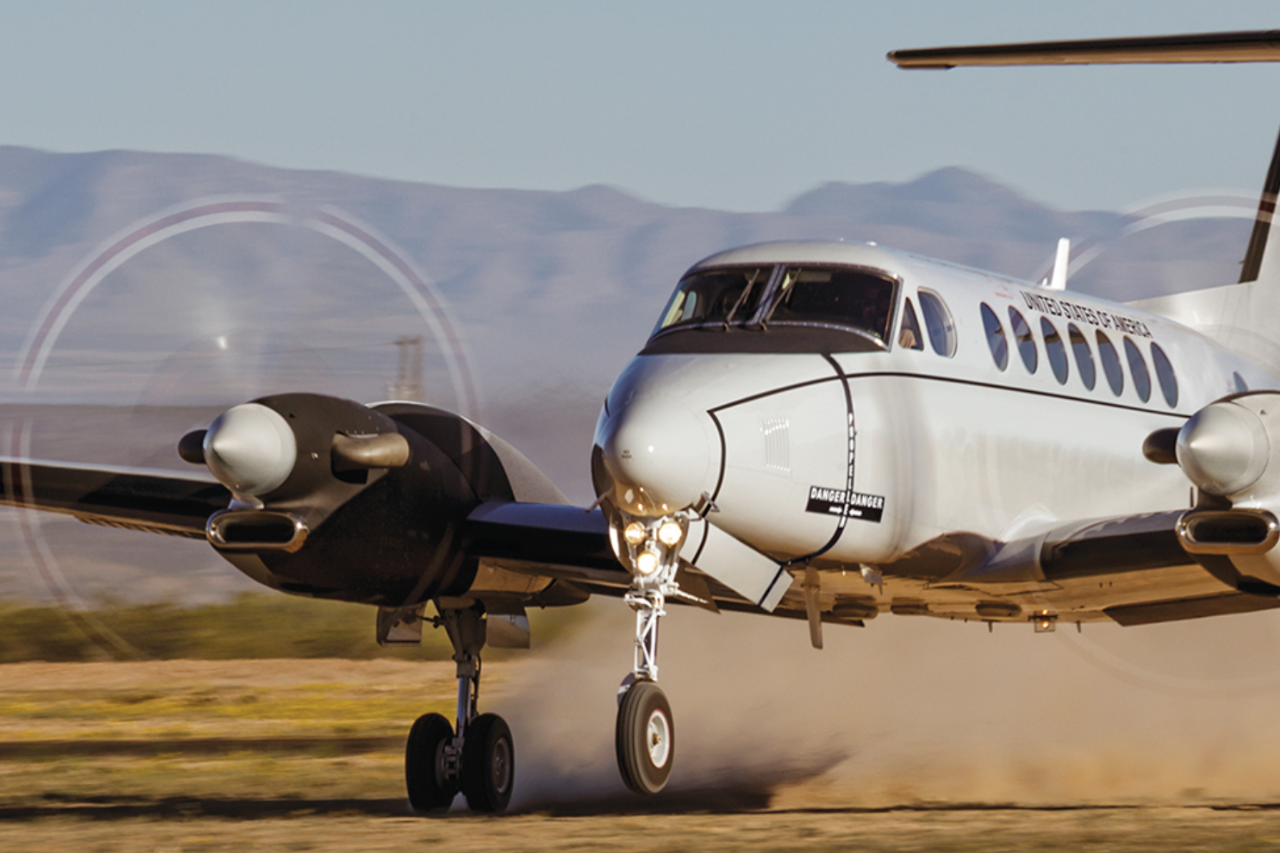
Related
A Look At The Beechcraft King Air & All The Cool Things It Does
From corporate jet to air ambulance, this turboprop is the king of multi-mission performance
On the other hand, the Piper Cheyenne III demonstrates impressive speed but suffers from lower fuel efficiency and a range deficit of 250 nautical miles (460 km). Lastly, the Piper Cheyenne 400 is notably faster by 45 knots (83 km/h) but exhibits fuel consumption akin to that of a light jet.
Despite the evolution of aviation technology, the availability of other aircraft models, and the introduction of newer types, the Cessna 441 Conquest maintains a strong presence in the market. It is cherished by owners and operators for its timeless design and proven capabilities.
The Conquest II: almost five decades later
With a dedicated community of enthusiasts, the Conquest continues to thrive, serving as a testament to Cessna’s enduring commitment to quality and innovation. In conclusion, the Cessna 441 Conquest II embodies the spirit of adventure and exploration that defines the world of aviation.
Its enduring legacy, unmatched performance, and timeless design maintain the Conquest II’s position as a cherished icon in the hearts of aviation enthusiasts and professionals alike, ensuring its place in aviation history for generations to come.


